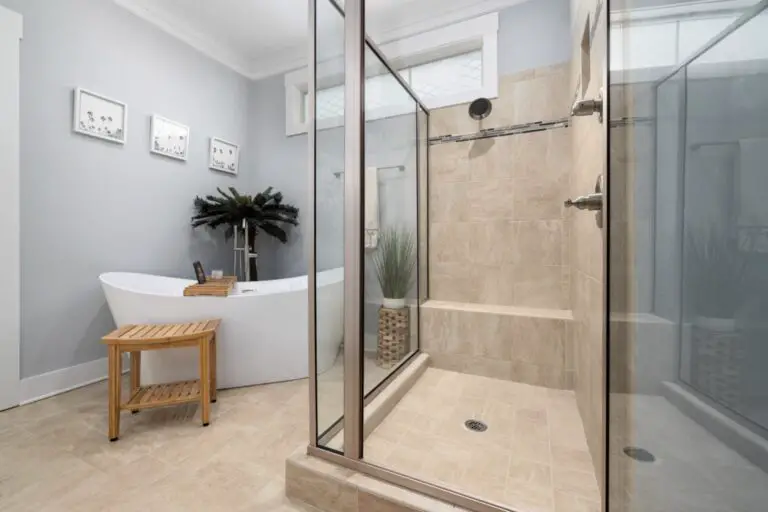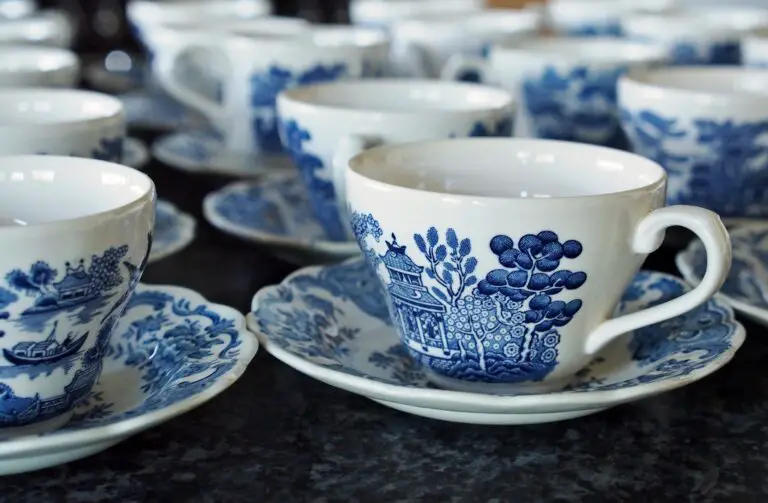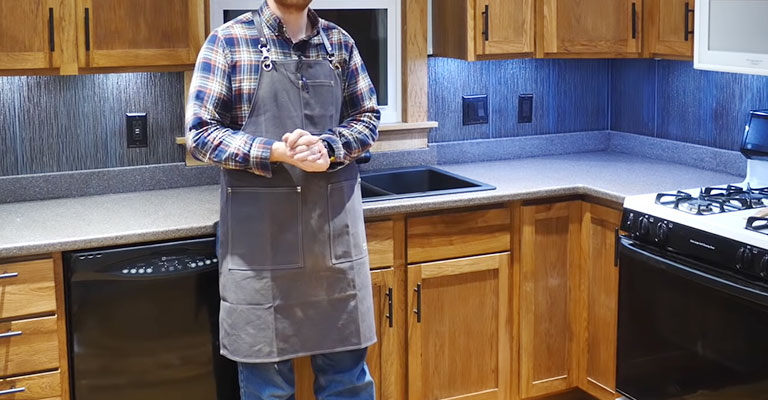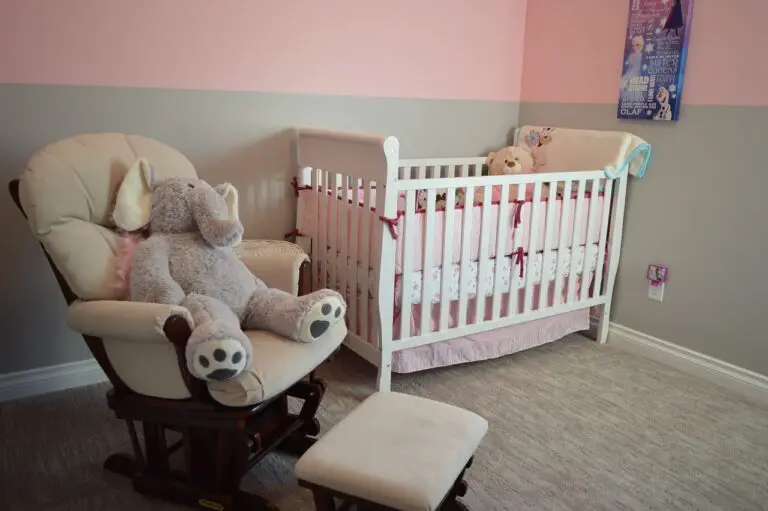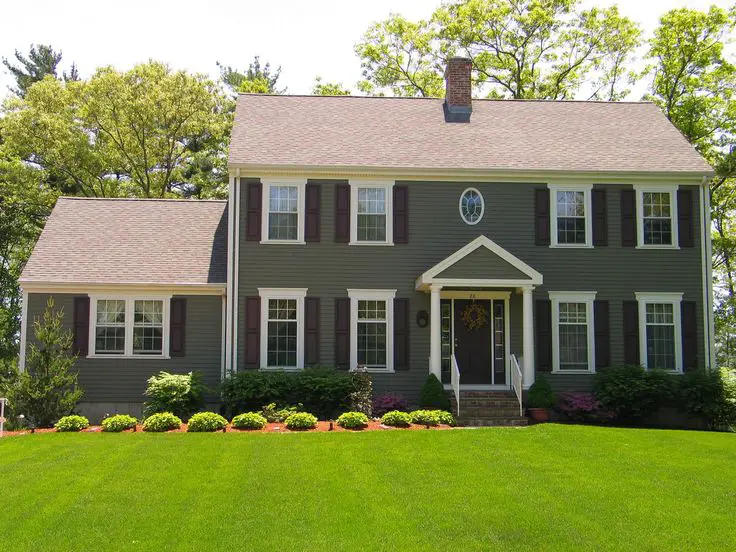Indoor Olive Tree: Tips for Care and Maintenance
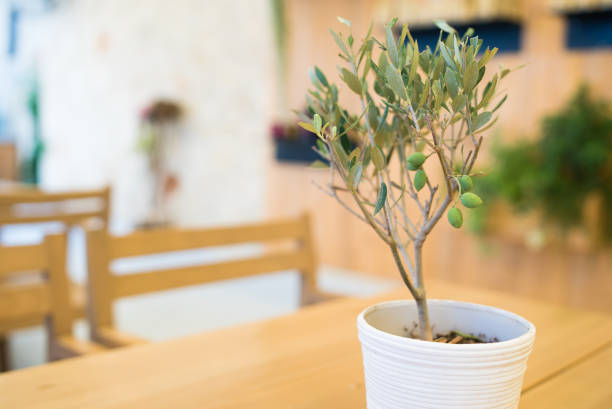
Indoor olive trees are becoming increasingly popular among plant enthusiasts who want to bring a touch of the Mediterranean into their homes. These trees not only add a unique aesthetic to indoor spaces, but they also offer a variety of health benefits. Olive trees are known for their air-purifying properties, making them an excellent choice for those looking to improve indoor air quality.
Despite their reputation for being difficult to care for, indoor olive trees are relatively low-maintenance plants. They thrive in bright, indirect sunlight and require minimal watering. In fact, overwatering can be detrimental to the health of the tree, so it’s important to allow the soil to dry out completely before watering again. With proper care, an indoor olive tree can live for many years and even produce fruit in some cases.
Whether you’re a seasoned plant parent or a beginner looking to add some greenery to your home, an indoor olive tree is a great choice. Not only do they offer a unique and beautiful addition to any space, but they also provide a variety of health benefits and are relatively easy to care for. With a little bit of effort, you can enjoy the beauty and benefits of an indoor olive tree for years to come.
Choosing the Right Indoor Olive Tree
When it comes to indoor olive trees, choosing the right variety is crucial for success. There are a few factors to consider before making a purchase, such as the tree’s size and space requirements, as well as the variety’s suitability for indoor growing.
Varieties Suitable for Indoors
Not all olive tree varieties are suitable for indoor growing. Some varieties, such as the Arbequina and the Koroneiki, are better suited for indoor environments due to their compact size and adaptability to container growing. These varieties are also known for their high fruit yield and excellent oil quality.
Other varieties, such as the Picual and the Hojiblanca, are better suited for outdoor growing due to their larger size and more extensive root systems. These varieties may not adapt well to container growing and may require more space and sunlight than is available indoors.
Size and Space Considerations
When selecting an indoor olive tree, it is essential to consider the tree’s size and space requirements. Most indoor olive trees grow to a maximum height of 6-8 feet, making them suitable for apartment living or small spaces.
However, it is still important to ensure that the tree has enough space to grow and thrive. A container with a diameter of at least 18 inches is recommended, with a depth of at least 24 inches to accommodate the tree’s root system.
In summary, choosing the right indoor olive tree involves selecting a suitable variety and ensuring that the tree has enough space to grow and thrive. By considering these factors, you can enjoy the beauty and benefits of an indoor olive tree in your home.
Planting and Repotting
Selecting the Right Soil
When planting or repotting an indoor olive tree, it is important to choose the right soil to ensure healthy growth. Olive trees prefer well-draining soil with a pH range between 6.0 and 8.0. A good potting mix for an olive tree should consist of a blend of organic matter, such as peat moss or compost, and inorganic matter, such as perlite or sand, to provide both nutrients and good drainage.
Pot Selection and Drainage
The choice of pot and its drainage are also important considerations when planting or repotting an indoor olive tree. The pot should be large enough to accommodate the root ball, with a diameter at least 2 inches wider than the root ball. It is recommended to use a pot made of porous material, such as terra cotta, to allow for good air circulation and water drainage.
When repotting, it is important to ensure that the new pot has proper drainage holes to prevent water from accumulating at the bottom of the pot, which can lead to root rot. To aid in drainage, it is recommended to add a layer of gravel or small stones at the bottom of the pot before adding the soil.
By selecting the right soil and pot, and ensuring proper drainage, an indoor olive tree can thrive and add a touch of Mediterranean charm to any home.
Olive Tree Care Basics
Watering Requirements
Indoor olive trees need to be watered regularly, but not over-watered. The soil should be kept moist, but not waterlogged. It’s important to check the soil moisture level using a moisture meter or by sticking your finger about an inch into the soil. If the soil feels dry, it’s time to water the tree.
It’s best to use room temperature water when watering an indoor olive tree. The water should be poured slowly and evenly onto the soil until the water comes out of the drainage holes at the bottom of the pot. It’s important to allow the soil to drain completely before placing the pot back in its saucer.
Sunlight and Temperature Needs
Indoor olive trees need plenty of sunlight to thrive. They should be placed in a sunny spot near a window that receives direct sunlight for at least 6 hours a day. If direct sunlight is not available, a grow light can be used to supplement natural light.
The ideal temperature range for indoor olive trees is between 60°F and 80°F. They can tolerate temperatures as low as 50°F, but should not be exposed to temperatures below freezing. It’s important to keep the tree away from cold drafts and air conditioning vents.
Fertilizing Schedule
Indoor olive trees should be fertilized every 4-6 weeks during the growing season (spring and summer) with a balanced fertilizer. It’s important not to over-fertilize, as this can damage the tree. It’s also important to follow the manufacturer’s instructions when applying fertilizer.
During the dormant season (fall and winter), indoor olive trees should not be fertilized. Instead, they should be given a period of rest, with less frequent watering and no fertilizer. This will help prepare the tree for the next growing season.
Pruning and Maintenance
Pruning Techniques
Pruning is an essential aspect of maintaining the health and shape of an indoor olive tree. It helps to remove dead or diseased branches, promote healthy growth, and improve air circulation. The best time to prune an olive tree is during the dormant season, which is typically in late winter or early spring.
When pruning an indoor olive tree, it is important to use sharp, clean pruning shears. Begin by removing any dead or diseased branches, cutting them back to healthy wood. Next, remove any branches that are crossing or rubbing against each other. This will help to prevent damage and promote healthy growth.
To shape an indoor olive tree, prune back the tips of the branches to encourage branching and bushiness. Avoid cutting back more than one-third of the tree’s total growth in a single pruning session, as this can cause stress and weaken the tree.
Detecting Pests and Diseases
Indoor olive trees are susceptible to a variety of pests and diseases, which can impact their health and growth. Common pests include spider mites, scale insects, and mealybugs, while diseases such as verticillium wilt and olive knot can cause serious damage.
To detect pests and diseases, regularly inspect your indoor olive tree for signs of damage or discoloration. Look for yellowing leaves, wilting branches, or unusual spots or growths. If you notice any issues, take action promptly to prevent further damage.
Treatment for pests and diseases will depend on the specific issue and severity of the damage. In some cases, simply removing affected branches or leaves may be enough to control the problem. In more severe cases, chemical treatments or professional intervention may be necessary.
By regularly pruning and maintaining your indoor olive tree, you can help to ensure its health and longevity. With proper care, your tree can provide years of beauty and enjoyment.
Olive Tree Growth and Development
Growth Expectations
Indoor olive trees can grow up to 10 feet tall if given enough space and proper care. However, they can also be pruned to maintain a smaller size. These trees grow slowly, so it may take several years for them to reach their full height.
Olive trees prefer a warm and sunny environment, so it’s important to place them near a window that receives plenty of sunlight. They also require well-draining soil and regular watering. Fertilizing the tree once a month during the growing season can help promote healthy growth.
Flowering and Fruiting
Olive trees typically begin to flower in the spring, producing small, fragrant white flowers. These flowers eventually give way to olives, which can take several months to mature. The exact timing of flowering and fruiting can vary depending on the specific variety of olive tree and the growing conditions.
It’s important to note that indoor olive trees may not produce as many olives as outdoor trees due to the lack of pollinators. However, hand-pollination can be done to increase the chances of fruiting. Harvesting olives can be done once they have turned a dark color and are slightly soft to the touch.
Overall, with proper care and attention, indoor olive trees can thrive and produce fruit, adding a unique touch to any indoor space.
Troubleshooting Common Issues
Leaf Drop
One of the most common issues with indoor olive trees is leaf drop. This can be caused by a number of factors, including overwatering, underwatering, temperature fluctuations, and pests.
To prevent overwatering, make sure the soil is well-draining and allow the top inch of soil to dry out between waterings. On the other hand, if the soil is too dry, the leaves will start to drop. In this case, water the plant thoroughly and make sure the soil is evenly moist.
Temperature fluctuations can also cause leaf drop. Olive trees prefer a consistent temperature between 60-80°F. Keep the plant away from drafts and make sure it is not exposed to extreme temperatures.
Pests such as spider mites and scale insects can also cause leaf drop. Check the plant regularly for signs of infestation and treat with an appropriate insecticide if necessary.
Lack of Fruit Production
Indoor olive trees may not produce fruit due to a lack of pollination or insufficient light.
If the plant is not getting enough light, move it to a brighter location or supplement with artificial light. Olive trees require at least six hours of direct sunlight per day to produce fruit.
Pollination can also be an issue. Olive trees are wind-pollinated, so make sure there is enough air circulation around the plant. You can also manually pollinate the flowers using a small paintbrush or by gently shaking the branches.
It is important to note that indoor olive trees may not produce fruit at all, as they require specific growing conditions that are difficult to replicate indoors. However, with proper care and attention, they can still make beautiful and unique houseplants.
Design and Aesthetics
Styling Indoor Olive Trees
Indoor olive trees are a beautiful addition to any home or office. They add a touch of Mediterranean charm and bring a sense of calm to the space. When it comes to styling indoor olive trees, there are a few things to keep in mind.
Firstly, the pot in which the tree is planted should be chosen carefully. A pot that is too small will stunt the growth of the tree, while a pot that is too large will make the tree look out of proportion. It is best to choose a pot that is slightly larger than the root ball of the tree.
Secondly, the tree should be pruned regularly to maintain its shape. Indoor olive trees can be shaped into a variety of styles, including a single trunk with a ball-shaped crown, a bushy shape, or a more natural, asymmetrical shape.
Finally, it is important to place the tree in a location that receives plenty of natural light. Olive trees thrive in bright, indirect light and should be kept away from drafts and cold temperatures.
Complementary Plants and Decor
When it comes to decorating with indoor olive trees, there are many options to choose from. One popular option is to pair the tree with other Mediterranean plants, such as lavender, rosemary, or thyme. These plants not only complement the olive tree, but they also add a lovely fragrance to the space.
Another option is to pair the tree with decor that has a Mediterranean feel. This could include items such as terracotta pots, woven baskets, or colorful tiles. These items will help to create a cohesive look and bring a sense of warmth and comfort to the space.
Overall, indoor olive trees are a beautiful and versatile addition to any space. With a little care and attention, they can thrive indoors and bring a touch of the Mediterranean to any home or office.
Conclusion
Caring for an olive tree indoors can be a rewarding and aesthetically pleasing endeavor. The arbequina olive tree, in particular, is a popular choice for indoor cultivation, thanks to its compact size and ability to adapt to potted environments. To ensure your potted olive tree not only survives but thrives, it’s important to replicate its natural Mediterranean habitat as closely as possible. This involves providing ample sunlight, regular watering, and appropriate pruning.
Remember, while indoor plants like olive trees may not produce as much olive oil as their outdoor counterparts, they can still bear fruit under the right conditions. Incorporating dwarf olive trees into your indoor garden offers a unique opportunity to grow olive trees indoors without the space constraints often associated with larger fruit trees. When growing olive trees indoors, it’s crucial to monitor their growth and adjust care accordingly.
Young olive trees require more attention and nurturing, but as they mature, they become a gorgeous olive tree that can be a stunning focal point in any room. If you’re not ready for the commitment of a real tree, faux olive trees are an excellent alternative, offering the beauty of an olive tree inside without the maintenance. Remember, whether you choose a living arbequina or a faux variant, an indoor olive tree is a testament to the resilience and versatility of these magnificent plants.

